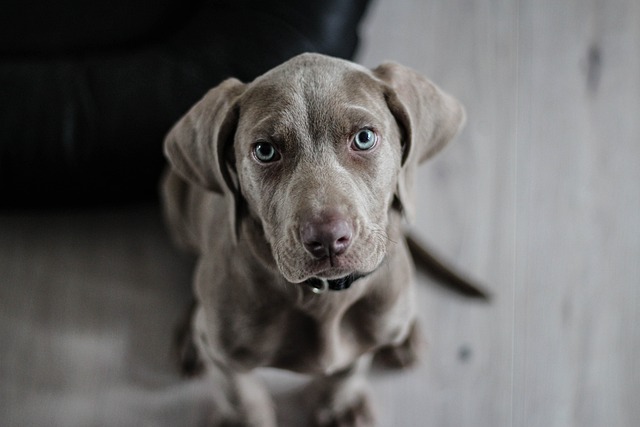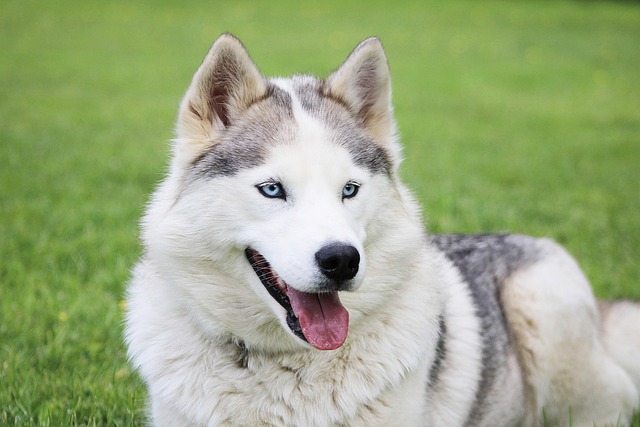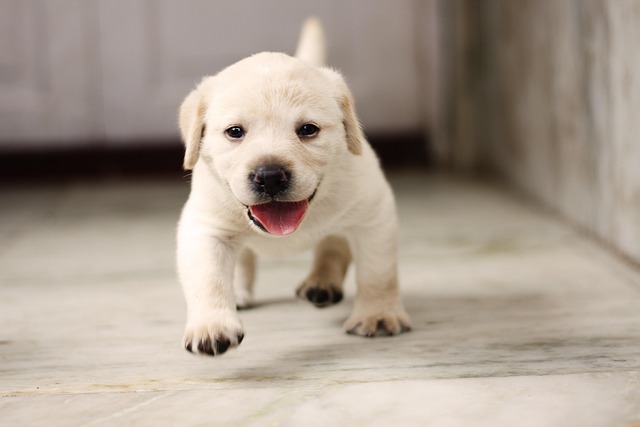
How to dog obedience training?
Dog obedience training isn’t just about teaching tricks—it’s how you build trust and keep your pup safe in busy neighborhoods, like when kids run by the park or a delivery truck rumbles down the street.
You've just brought home your eight-week-old golden retriever, and between the midnight whining and chewed slippers, you're wondering how apartment living will ever work. While true mastery takes weeks, you can establish a solid crate training foundation in just three days through consistent, positive techniques that respect your puppy's developmental stage while setting boundaries.
Puppies are primed for rapid learning during their critical socialization period (8-16 weeks), but their small bladders and susceptibility to separation anxiety require careful planning. The three-day intensive works by creating powerful positive associations through classical conditioning - pairing the crate with high-value rewards before the puppy has time to develop negative feelings. This doesn't mean your puppy will be perfectly crate trained in 72 hours, but rather will willingly enter and settle without distress for short periods.
Day 1 begins with the crate placed in your main living area with the door removed. Toss chicken bits near the opening, gradually throwing them further inside until your puppy enters voluntarily. Feed all meals in the crate with the door open. Day 2 introduces closed-door intervals: shut the door for one minute while feeding treats through the wires, gradually increasing duration to 10 minutes while you remain visible. Day 3 incorporates brief absences: step out of sight for 30 seconds, returning before your puppy becomes anxious. For urban dwellers, practice during typically noisy periods (like elevator operation hours) to build sound tolerance. Always exercise your puppy thoroughly before crating to encourage relaxation.

This intensive approach must be balanced with welfare considerations. Never use the crate for punishment - positive reinforcement is not just effective but aligns with animal welfare laws in states like California that prohibit cruel confinement methods. Remember that young puppies need frequent bathroom breaks (age in months plus one equals hours they can hold it); delaying potty breaks to stick to training schedules could cause accidents that slow housetraining. Always carry waste bags during these extra potty trips - your apartment complex likely requires immediate cleanup per community guidelines.
While focusing on training, don't neglect legal basics: ensure your puppy has begun their vaccination series (rabies is legally required by 3-4 months in most states) before introducing them to common apartment areas. The crate should be a temporary tool, not a permanent solution - adult dogs shouldn't be regularly crated more than 4-5 hours consecutively. If your puppy shows extreme distress (continuous barking, self-injury), pause training and consult a professional rather than proceeding.
This concentrated effort builds trust and routine quickly, but ongoing reinforcement maintains it. The goal isn't just a crate-trained puppy, but one who sees their crate as a safe haven - making your life easier while ensuring your puppy's emotional wellbeing.

Dog obedience training isn’t just about teaching tricks—it’s how you build trust and keep your pup safe in busy neighborhoods, like when kids run by the park or a delivery truck rumbles down the street.

You're standing in the pet store aisle holding a collapsible metal crate, wondering if this purchase will be your new puppy's safe haven or an emotional prison.

You've set up the perfect crate with a cozy bed and treats, but after three days your new rescue still whines when you close the door.

You’ve followed all the advice—bought the perfectly sized crate, stocked up on fancy treats, and even got that cozy orthopedic bed

That hesitant look your rescue shepherd gives the crate—standing frozen three feet away, tail tucked—tells you everything about how he feels about enclosed spaces.

Yorkies are tiny, energetic pups, but their small size can make house training tricky—especially when they start leaving little messes around the house.